
News Directory
What are the rust prevention and installation precautions for non-standard bearings?
Rust Prevention Measures
Effective rust prevention for non-standard bearings requires comprehensive control across production, storage, and pre-installation stages. Key steps include:
1. Surface Preparation
Clean bearing surfaces thoroughly using solvents (e.g., gasoline, kerosene), chemical treatments (e.g., acid cleaning), or mechanical methods (e.g., sanding). Avoid abrasive tools to prevent surface damage. After acid cleaning, neutralize residues to avoid metal corrosion.
2. Drying
Immediately dry bearings after cleaning via filtered compressed air, oven drying (120–170°C), or lint-free cloths for small bearings.
3. Rust-Preventive Coating
Apply uniform coatings using immersion (for small bearings), brushing (for large/irregular shapes), or spraying (with 0.7 MPa filtered air). Ensure oil films are continuous, free of impurities (>5 μm; >2 μm for low-noise bearings), and avoid contamination of internal grease in sealed bearings.
4. Specialized Protection
Use temporary rust inhibitors (e.g., vapor-phase paper) between production stages and enforce glove usage to prevent hand sweat contact (pH 5–6).
Installation Guidelines
Proper installation minimizes damage and ensures operational precision:
1. Pre-Installation Checks
Clean shafts and housing bores to remove debris. Verify dimensional accuracy, surface roughness, and geometric tolerances. Unpack bearings only before installation; avoid cleaning sealed units.
2. Installation Methods
Press-Fit: Use dedicated tools for small bearings to apply even force.
Thermal Expansion: Heat large bearings (80–90°C oil bath) for interference fits. Avoid heating sealed bearings.
Induction Heating: Limit inner ring temperatures to 120°C; no open flames.
3. Lubrication & Fit Design
Use clean, adequate grease (remove rust inhibitors first). Opt for interference fits on inner rings and clearance fits on outer rings to accommodate thermal expansion.
4. Critical Avoidances
Never interchange rings or rolling elements. Avoid hammer strikes; align bearings gently during assembly. Post-installation, test for noise, vibration, and temperature anomalies.
5. Post-Installation Maintenance
Monitor operational conditions (noise, temperature) regularly.
Replace grease every six months after thorough cleaning.
Shield bearings from corrosive chemicals, moisture, and dust.
Adhering to these protocols enhances non-standard bearing reliability, extends service life, and reduces failure risks caused by corrosion or improper handling.



 English
English 中文简体
中文简体 عربى
عربى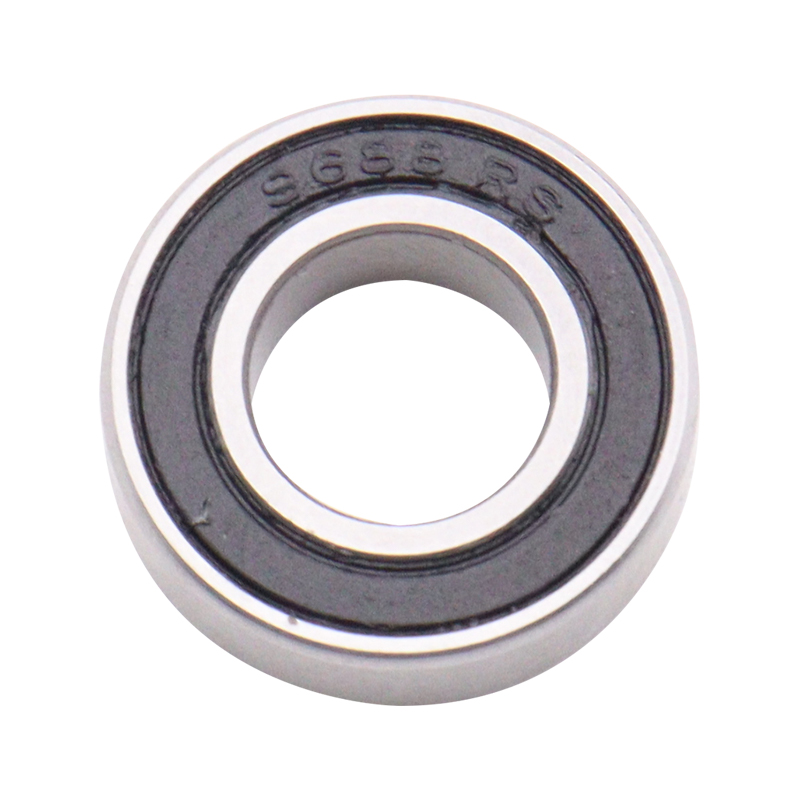
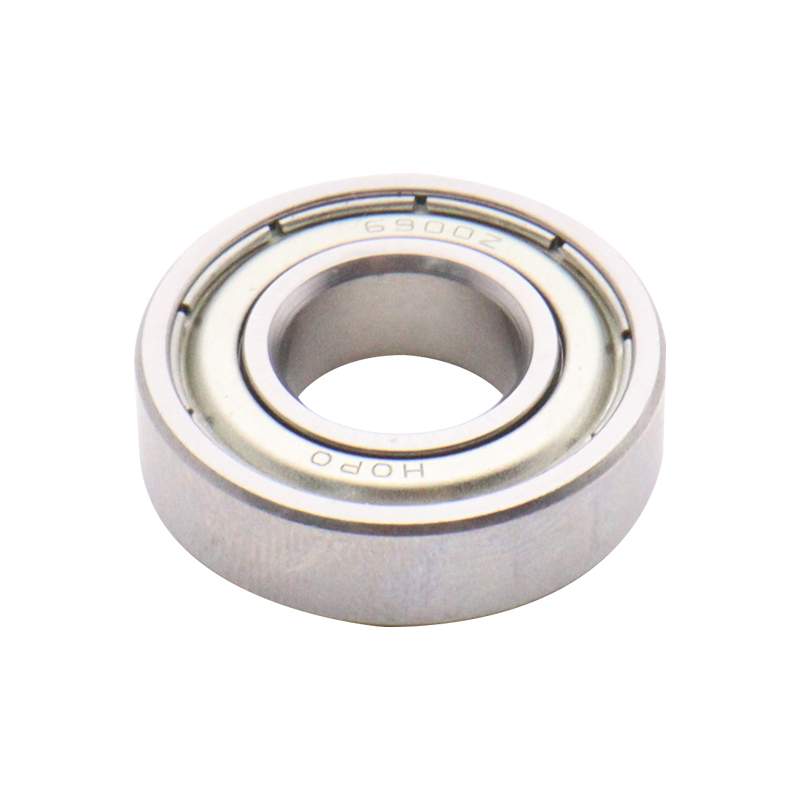
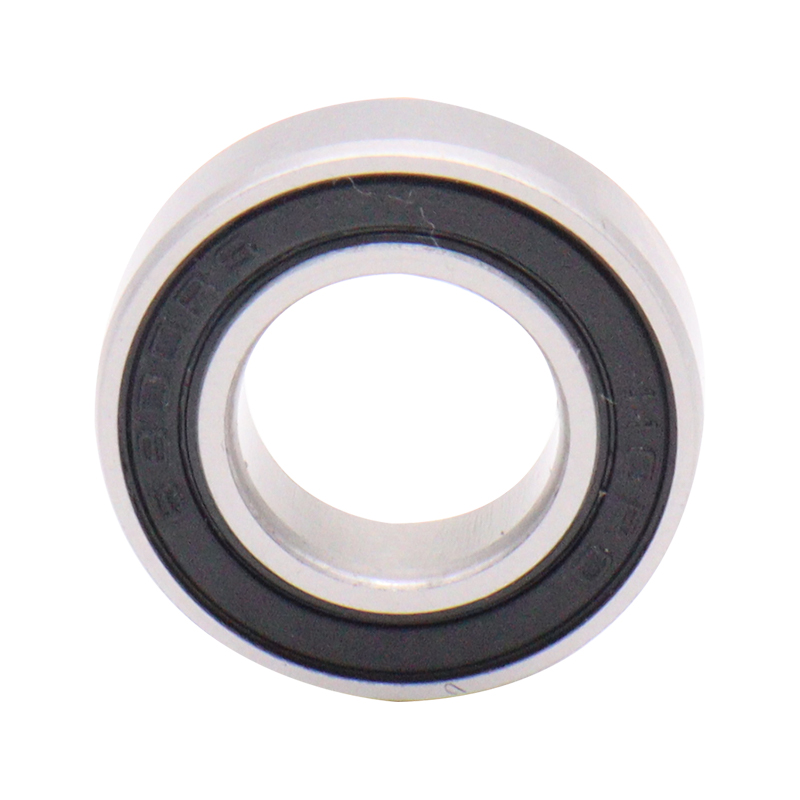
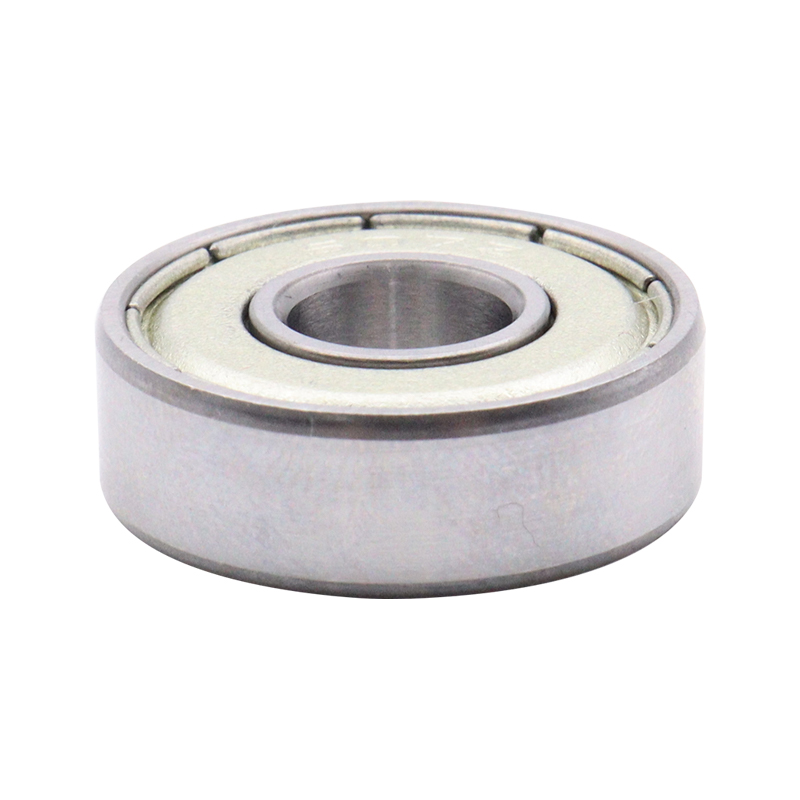
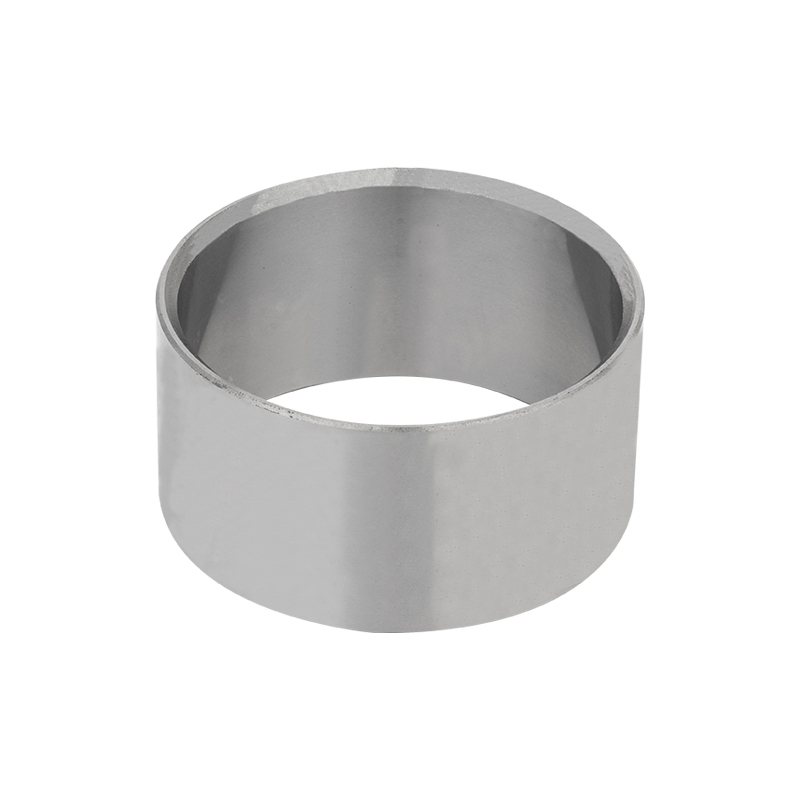
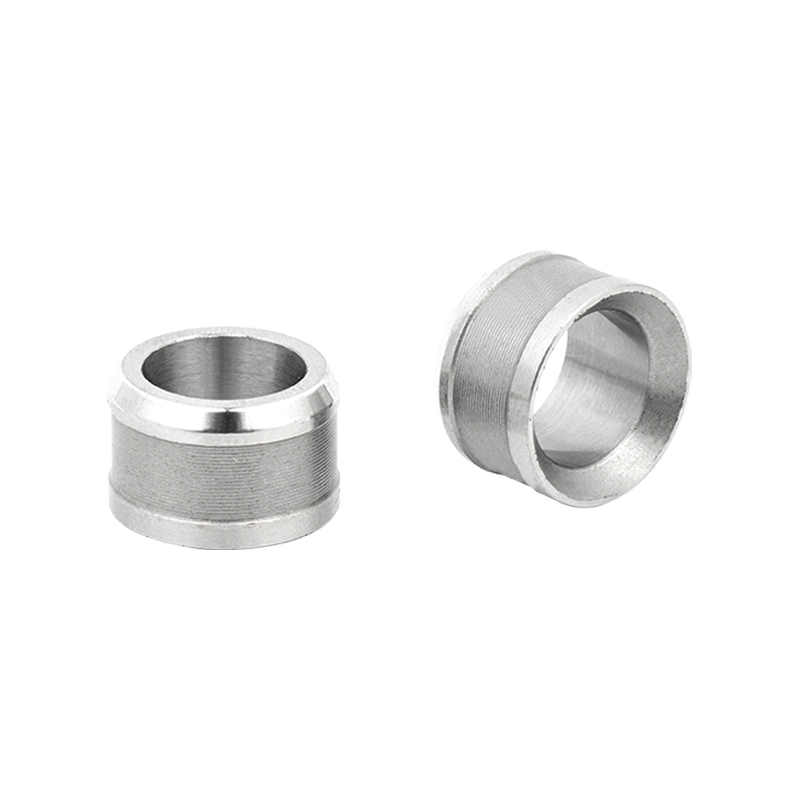
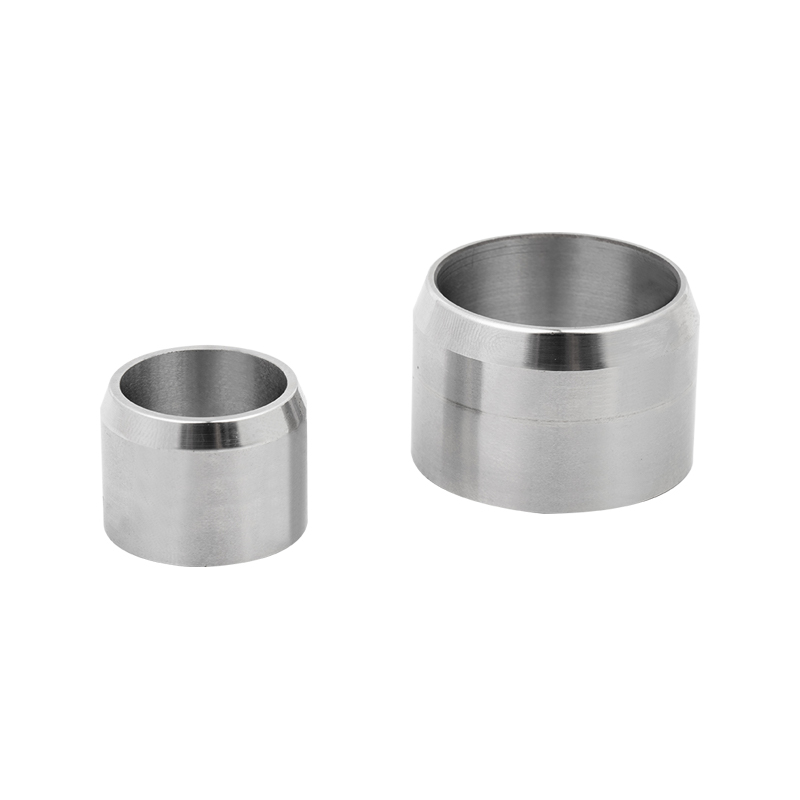
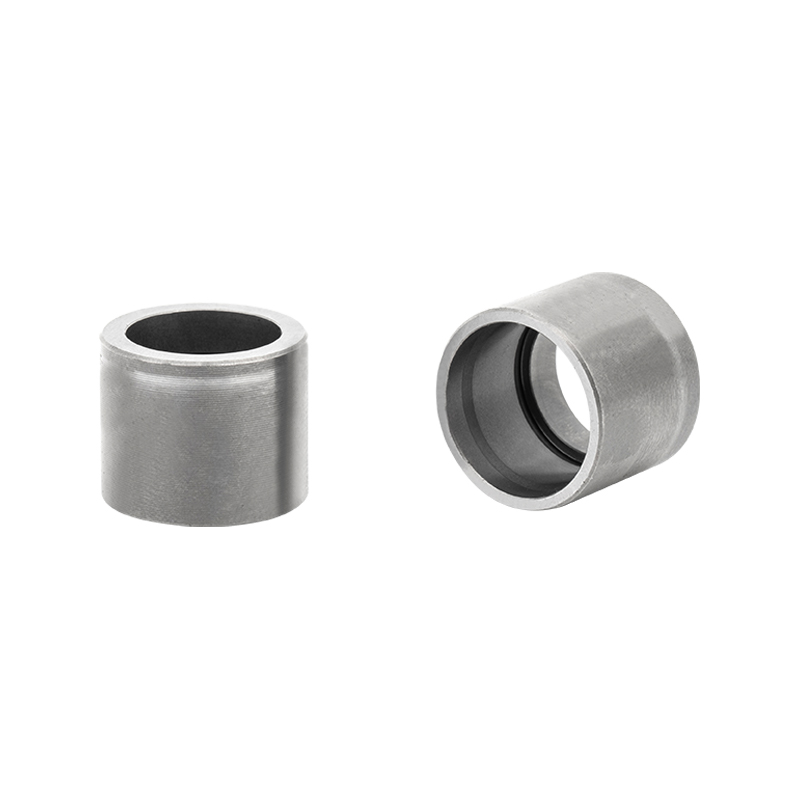
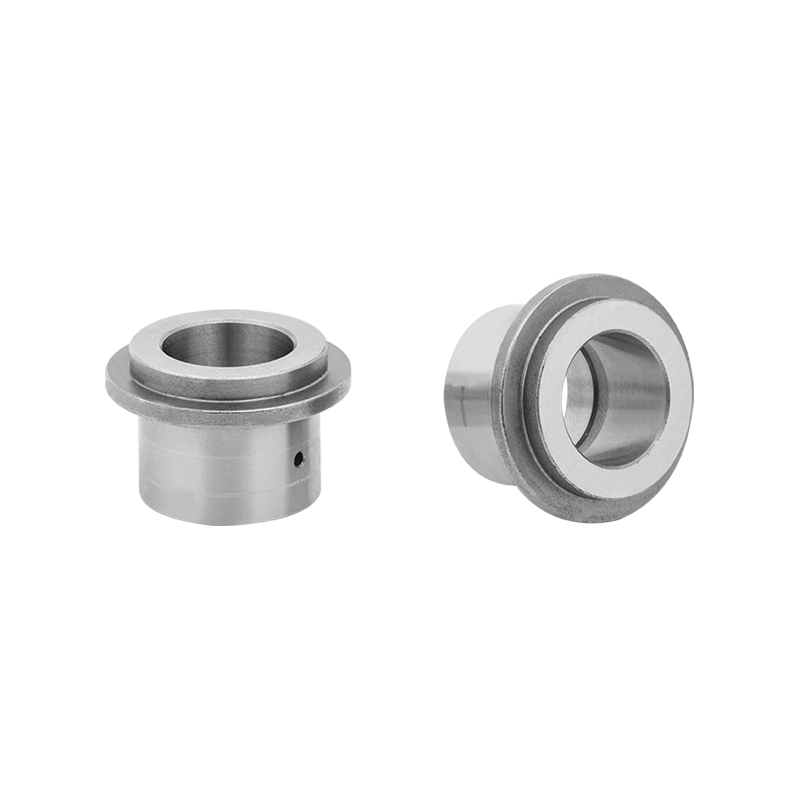

 Download Catalog
Download Catalog
